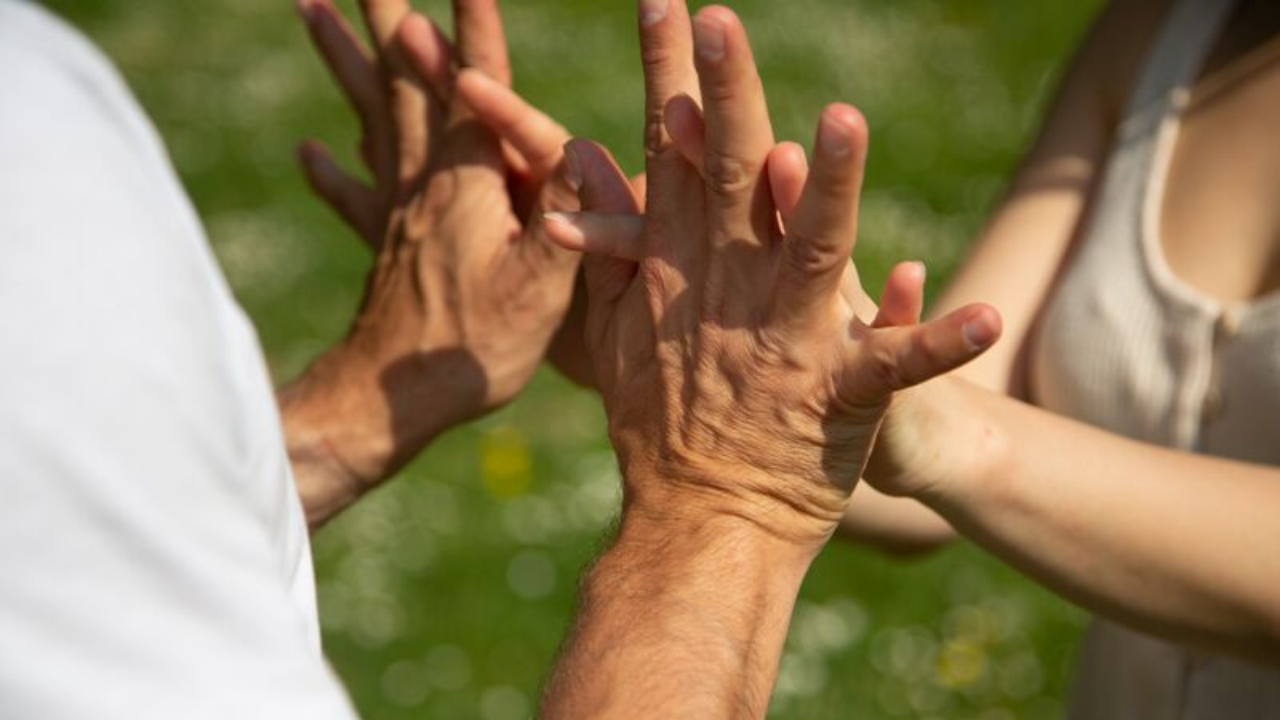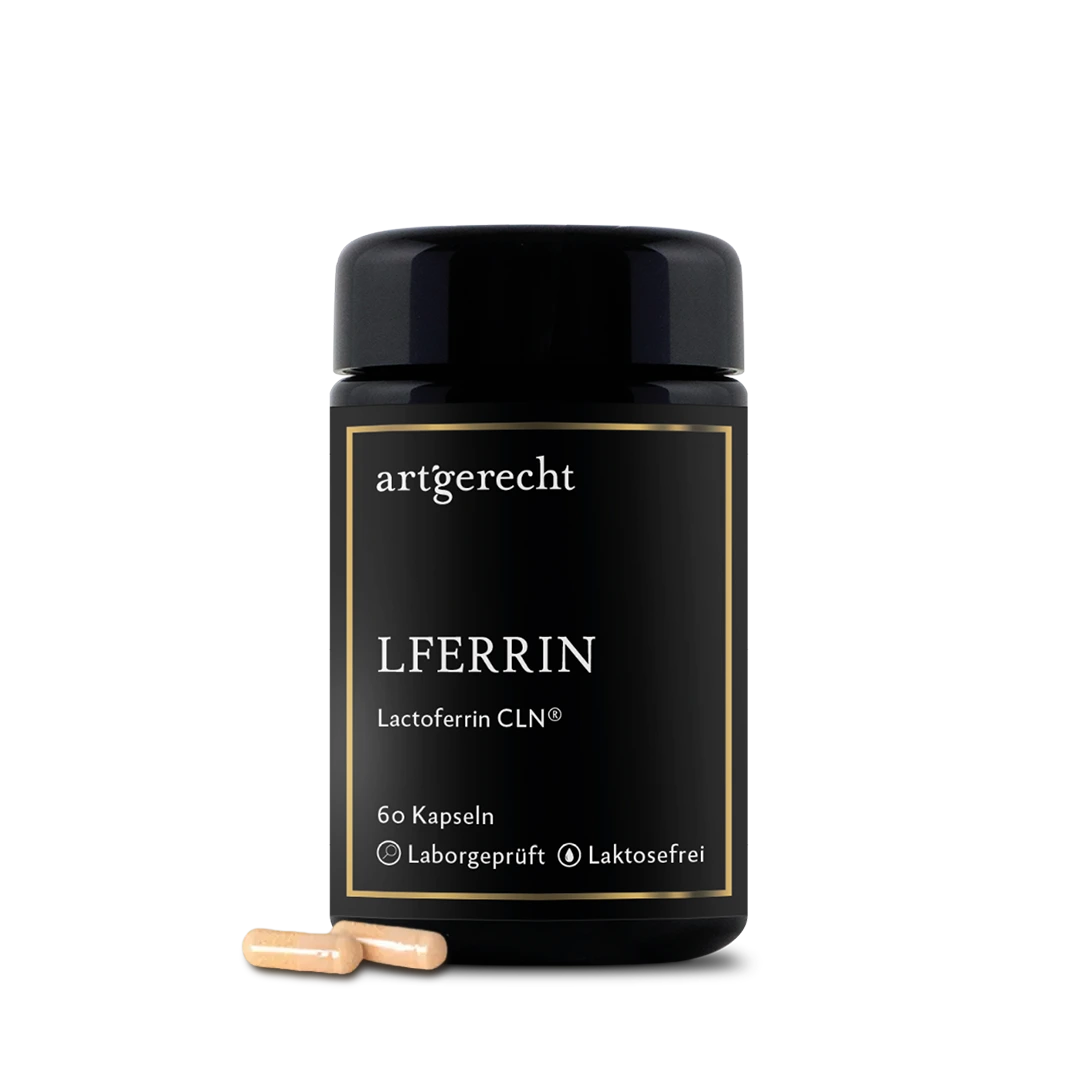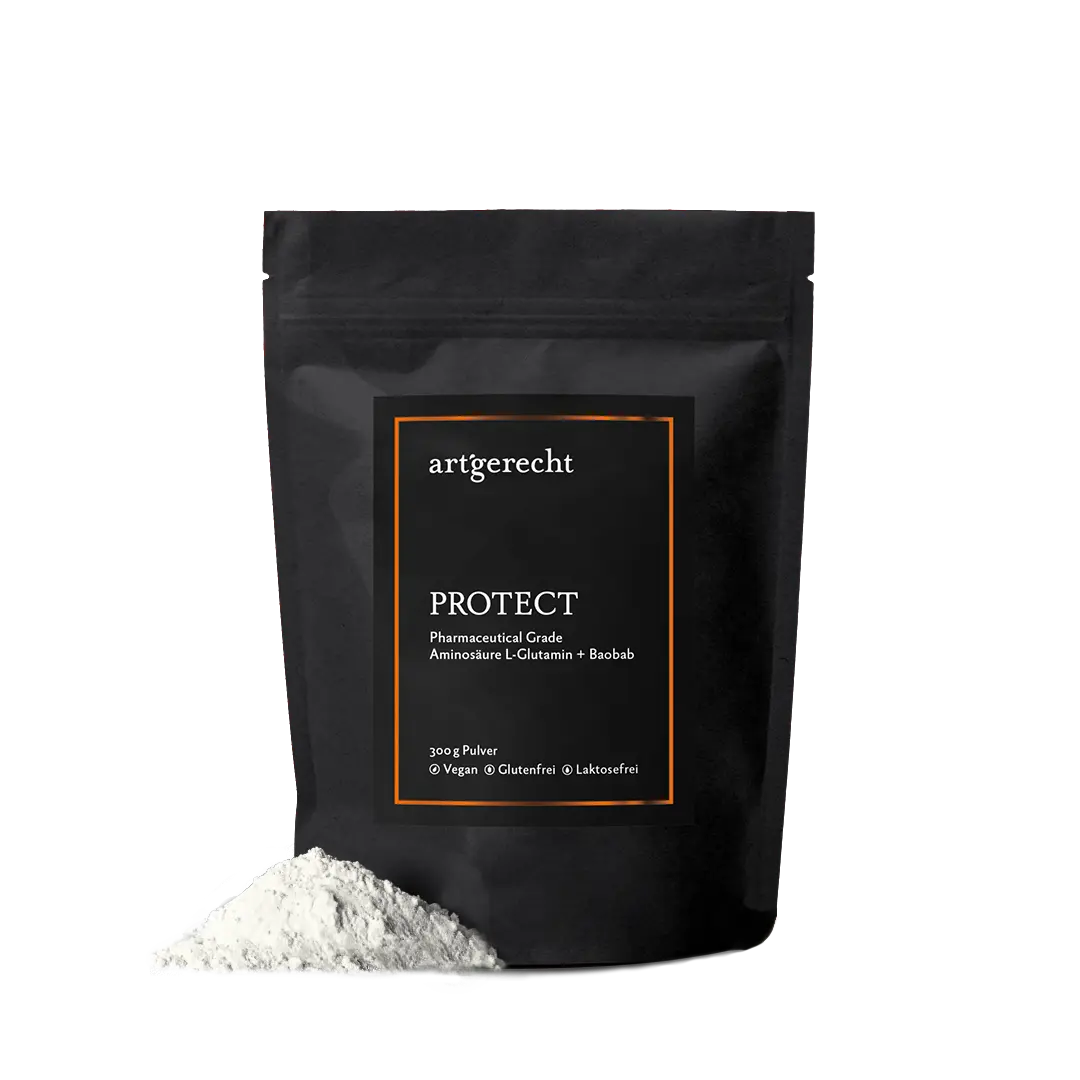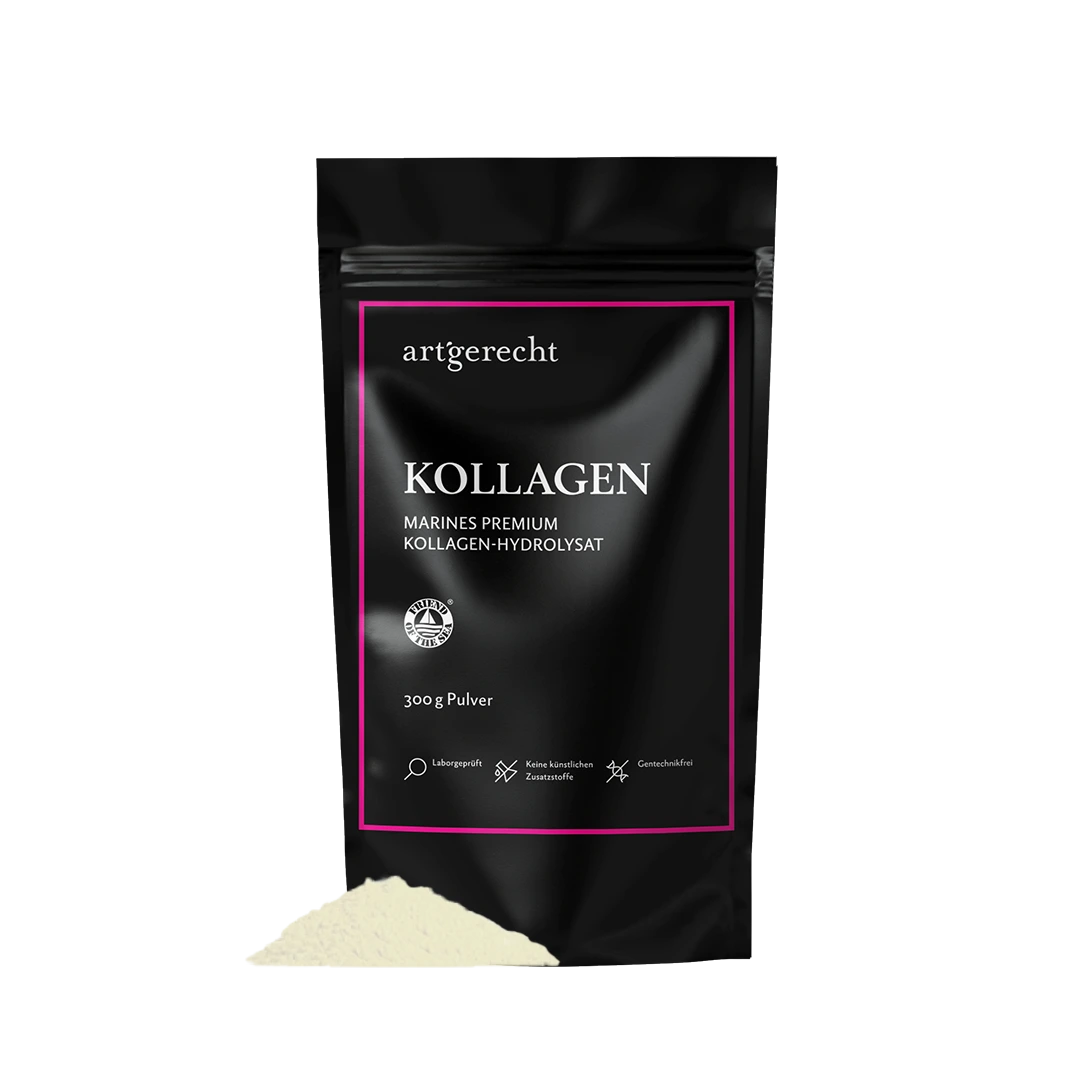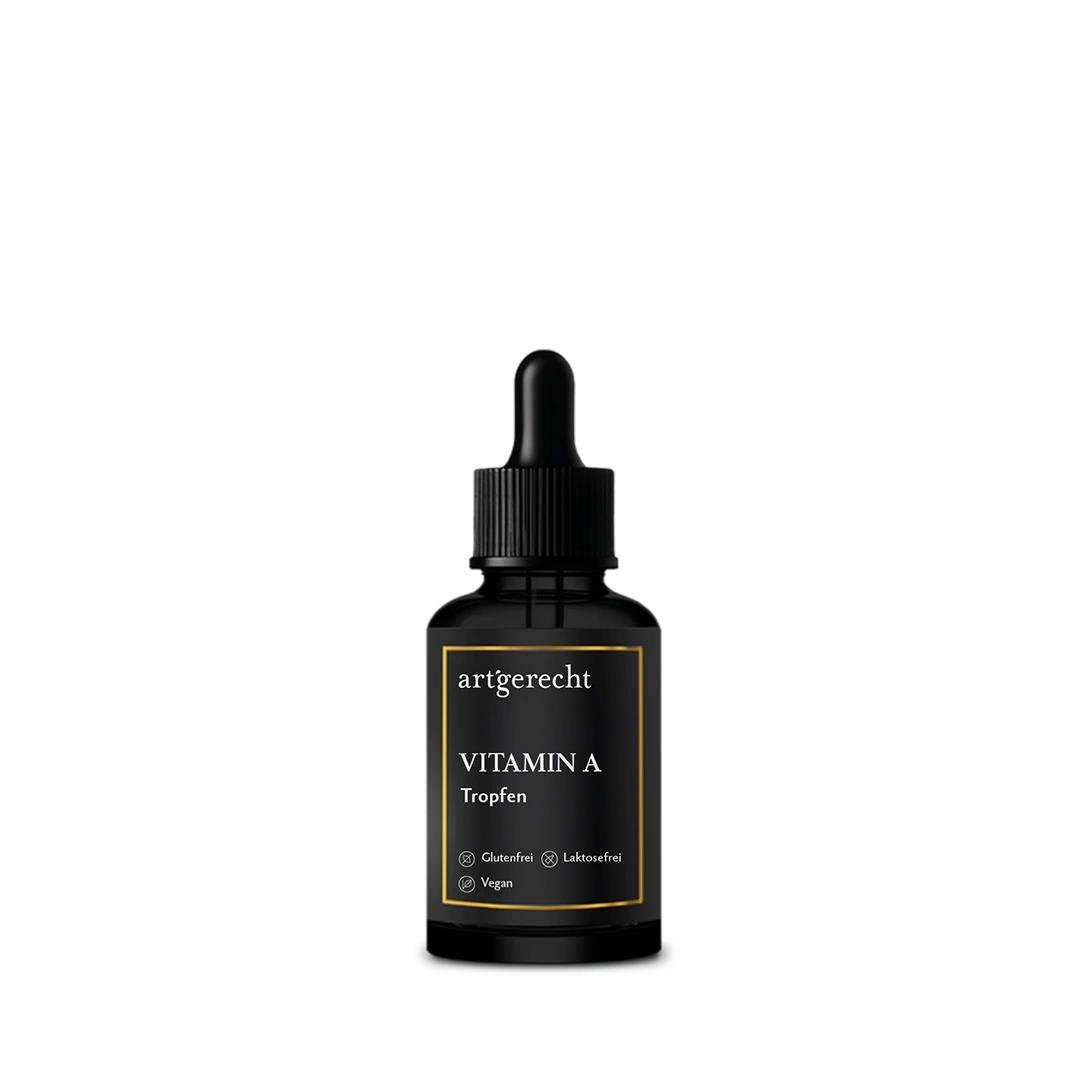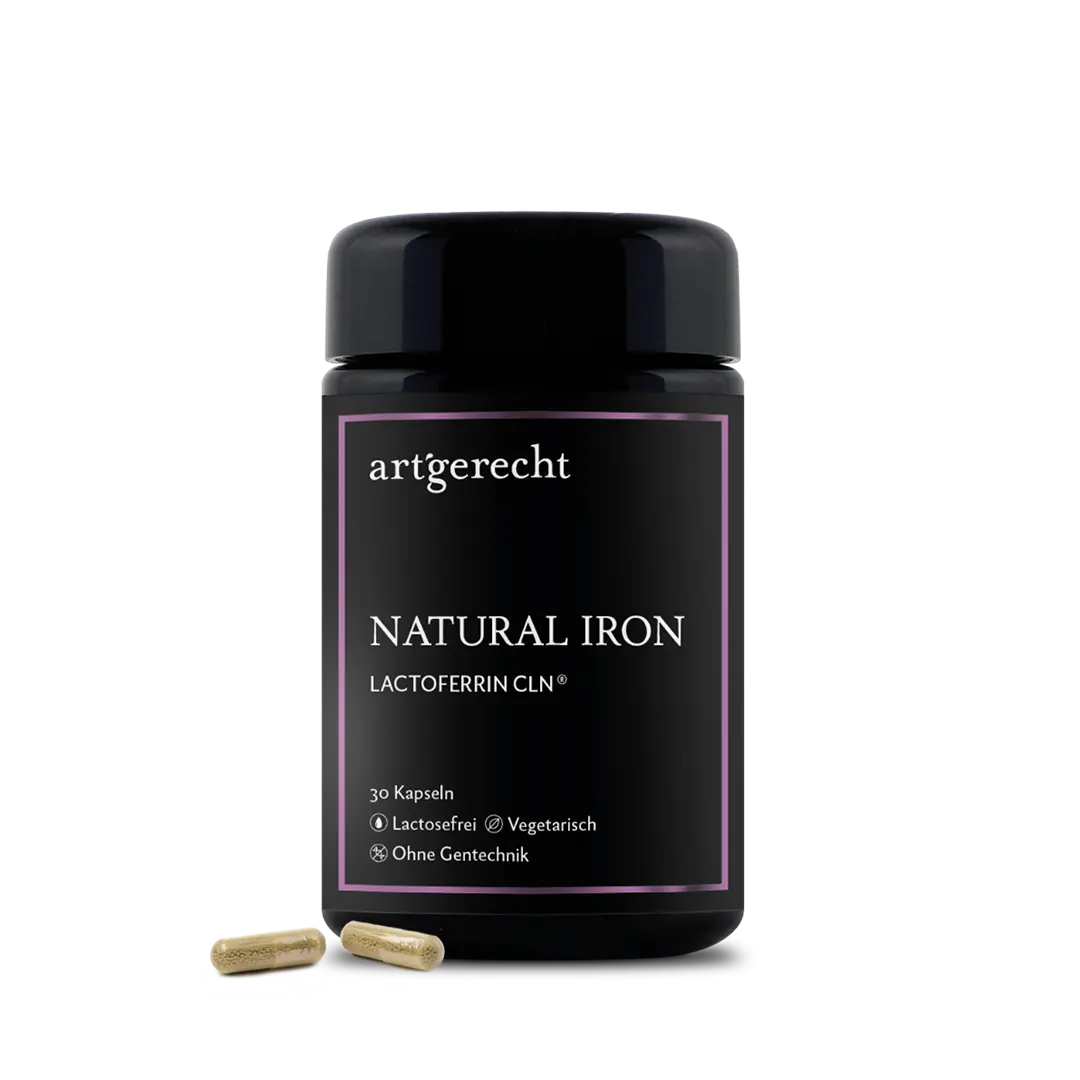Especially now – in times of high viral loads – an optimally functioning immune system is more important than ever. The coronavirus (COVID-19, SARS CoV-2) in particular has become an integral part of current reporting and raises the question: How can I arm myself against viruses and infections? Our body's own defenses are in demand. A strong immune system is the basis for resisting viral diseases.
What are viruses?
Viruses consist of nucleic acids that may be surrounded by a protein shell (capsid). Depending on the particular virus, the nucleic acid can be present as deoxyribonucleic acid (DNA) or ribonucleic acid (RNA). In addition to the genetic material, this contains information for controlling the metabolism of a host cell (see below), for replication (multiplication) of the virus nucleic acid and for the production of a new virion (virus particle). In contrast to bacteria, viruses do not consist of their own cell nor do they have their own metabolism. They lack the cytoplasm (reaction space for metabolic processes inside the cell) as well as the cell membrane as a protective shell and selective entry and exit gate for dissolved substances. In addition, viruses have neither ribosomes („protein factories“) nor mitochondria („power plants“). They therefore have no energy production of their own and no capacity for protein synthesis.
Where do viruses occur?
Viruses occur in different forms. Some viruses resemble tadpoles with a long tail, while others are round or small in shape. With a size of only around 20 to 300 nanometers, they cannot be seen under an ordinary light microscope, but require an electron microscope. Viruses penetrate plant, animal or human cells. They use the living cells as „host cells“. They can also persist in the environment for a very long time and remain infectious. However, if they do not find a new host cell, they die off sooner or later.
With each infection, the body develops defenses over time to fight the pathogen. Once the body's own defenses have dealt with the pathogen, we are immune to this virus in many cases. This is why viruses have learned to be flexible: In order to evade the defenses, some viruses change their face. This is known as „mutation”. The flu virus (influenza virus), for example, can bypass the body's own defenses by repeatedly changing its appearance. This is the reason why the flu vaccine only protects for one year and has to be adapted to the characteristics of the flu viruses every year.Do all viruses make you sick?Not all viruses in our environment affect humans. And not all viruses that infect humans necessarily cause illness. Our immune system usually reacts very quickly. If we are infected with a virus, we serve as its host. This is because the virus needs a host in order to grow and multiply. To do this, it selects a cell in which it can colonize and uses our cell material to multiply. The result: our immune system reacts with a cellular (Th1) immune response.
How can I boost my defense power?
In order to arm yourself against viruses or pathogens, it is important to ensure that your immune system can function optimally. The better your immune function, the more likely it is that the infection will go away with milder symptoms.
Strengthen barriers:
As the first line of defense, our body barriers are crucial for a well-functioning immune system. As these barriers are very sensitive to negative environmental influences and the consequences of modern life, they need to be strengthened. A healthy intestinal flora forms the basis:
- A lot of fiber-rich fruit and vegetables ensure an optimal intestinal mucosa and serve as food for the intestinal flora;for the „good“ intestinal bacteria (microbiome)
- avoidance of antinutrients such as e.g. gluten (e.g. wheat in bread products).e.g. wheat in bread products), saponins (e.g. in legumes) or casein (in dairy products), as they can damage the intestinal walls (tight junctions).
- Reduce stress through meditation, breathing or mindfulness-based interventions. Why is that? Stress opens up our barriers. In the case of short-term stress, such as increased stress or during sport, barriers open functionally for water, glucose and sodium in order to have more energy available for a ""fight response"". However, chronic stress increases the amount of pathogens (harmful substances) entering our system, which can have a long-term negative impact on our health.
- The effect of cortisol is optimized by a brief healthy stress stimulus, e.g. through exercise, heat, cold or thirst. This supports our immune system in being able to calm down again at the right time.
Lactoferrin – the äoldest friend of man
Lactoferrin is a multifunctional, iron-binding glycoprotein from the transferrin family. It is produced by the body itself and is found in high concentrations in milk, but also in other protective and body fluids such as tears, saliva, sweat, nasal, intestinal and vaginal secretions. Intestinal and vaginal secretions [1]. As part of the innate immune system, lactoferrin is found in all mammals and performs important tasks in the defense against bacteria, viruses and fungi at the various body sites. It has been part of the immune system for 160 million years and is therefore anchored in evolutionary terms [2].
The immune protein is the focus of various scientific studies. It has been shown that lactoferrin has many properties, particularly those that affect the function of the immune system: As part of the immune system, it influences inflammation regulation, modulates the immune system for a „öconomized“ functioning and has antimicrobial properties[3]. Lactoferrin has a direct influence on the course of inflammation [4], regulates the immune system and shows anti-inflammatory [5] and antioxidant properties [3].
Lactoferrin and viruses
Lactoferrin as a multifunctional protein is also attributed a high therapeutic potential for future areas of application [6]. Not least due to the immunomodulating properties [7], but also due to the regulating effects on the Th1– and Th2 system of the immune system [8]. The functioning of specific CD4+ cells of the Th1 system is particularly crucial for the defense against viral infections. The Th1 (T helper cells) system is particularly responsible for viral defense [9]. A strengthened and functional Th1 system is important and can be impaired by chronic stress, for example [10].
The best tips to support your immune defense by:
Vitamins and trace elements:
- Vitamin C
- Vitamin D
- Vitamin A
- Vitamin E
- Zinc
- Omega-3 fatty acids
- Selenium
- L-glutamine
Nutrition as medicine:
- Medicinal mushrooms such as cordyceps sinensis (Chinese caterpillar fungus) or reishi (glowing lacquered mushroom)
- Garlic
- Turmeric
- Secondary plant substances such as polyphenols (e.g. in high-quality, virgin olive oil) intercept free radicals
A balanced and varied diet should be ensured.
.An optimal iron supply strengthens a weak immune system.
Lifestyle:
- Sufficient sleep and regeneration
- Relaxation
- Respect your individual biorhythm: The internal human clock
- Exercise, preferably in the fresh air
- Cold and heat stimulation: cold showers or a sauna
Recipe: Savoy cabbage kimchi
Fermentation: healthy nutrition for a strong immune system
Ingredients:
- 500 g savoy cabbage, cut into approx. 3-5 cm squares
- 200 g radish, cut into thin stalks
- 75 g apple, cut into small cubes
- ;diced
- 50 g leek, cut into rings
- 75 g turnip, cut into thin stalks
- 2 spring onions, cut into rings
- ;spring onions, sliced into rings
- 15 g garlic
- 25 g ginger
- 10 g chili flakes (or Korean Gochugaru – süße paprika flakes)
- 50 g onions
- 25 g salt (2.5% salt)
- 1 tbsp probiotic powder
Also
- Jar with 1 liter of filling
Preparation:
- Cut the garlic, ginger, chili flakes and onions very finely or blend in a blender.
- Place the vegetables in a bowl. Add the salt and probiotic and knead the vegetables with the spice paste until the vegetable juice is released. This may reduce the volume by half.
- Pour the vegetables tightly into the container and press down so that the liquid floats on top of the vegetables. If necessary, add more water to cover the vegetables completely. The vegetables must now be pressed down – for example with a cabbage leaf, a smooth stone, a thick shard of clay or a small jug – no metallic object should be used, as the resulting acid will react with the metal.
- Seal the jar and leave it at room temperature for 5 days without opening it. The mixture will puff up and carbonic acid will form. Excess liquid will escape despite the lid being closed, so place the jar in a deep plate during the 5 days.
- After 5 days, the jar can now be opened and the air let out. If necessary, press down the vegetables and add more water to cover everything. This is the point at which the lactic acid ensures healthy and safe fermentation.
- Leave the kimchi at room temperature for the next 2 weeks. The longer it is out of the fridge, the more sour and complex the taste will be and the softer the vegetables will become. The pH value then reaches 4.6 or less. Once the desired taste has been achieved, the kimchi can be placed in the fridge, pausing the fermentation process.
TIP:
Kimchi is an excellent accompaniment to eggs, e.g. scrambled eggs.
Literature:
- Levay PF, Viljoen M. LACTOFERRIN : A GENERAL REVIEW. 1994;(May 2014).
- Barber MF, Kronenberg Z, Yandell M, Elde NC. Antimicrobial Functions of Lactoferrin Promote Genetic Conflicts in Ancient Primates and Modern Humans. PLoS Genet. 2016;12(5):1-15. doi:10.1371/journal.pgen.1006063
- Vogel HJ. Lactoferrin, a birds eye view. Biochem Cell Biol. 2012;90(3):233-244. doi:10.1139/o2012-016
- Kruzel ML, Zimecki M, Actor JK. Lactoferrin in a context of inflammation-induced pathology. Front Immunol. 2017;8(NOV). doi:10.3389/fimmu.2017.01438
- Conneely OM. Anti-inflammatory Activities of Lactoferrin. J Am Coll Nutr. 2001;20(5):389S-395S. doi:10.1080/07315724.2001.10719173
- Moreno-Expósito L, Illescas-Montes R, Melguizo-Rodríguez L, Ruiz C, Ramos-Torrecillas J, de Luna-Bertos E. Multifunctional capacity and therapeutic potential of lactoferrin. Life Sci. 2018;195(December 2017):61-64. doi:10.1016/j.lfs.2018.01.002
- Siqueiros-Cendón T, Arévalo-Gallegos S, Iglesias-Figueroa BF, García-Montoya IA, Salazar-Martínez J, Rascón-Cruz Q. Immunomodulatory effects of lactoferrin. Acta Pharmacol Sin. 2014;35(5):557-566. doi:10.1038/aps.2013.200
- Fischer R, Debbabi H, Dubarry M, Boyaka P, Tomé D. Regulation of physiological and pathological Th1 and Th2 responses by lactoferrin. Biochem Cell Biol. 2006;84(3):303-311. doi:10.1139/O06-058
- Whitmire JK. Induction and function of virus-specific CD4+ T cell responses. Virology. 2011;411(2):216-228. doi:10.1016/j.virol.2010.12.015
- Elenkov IJ. Glucocorticoids and the Th1/Th2 balance. Ann N Y Acad Sci. 2004;1024:138-146. doi:10.1196/annals.1321.010
Passende Produkte
Kürzlich hinzugefügte Beiträge
-
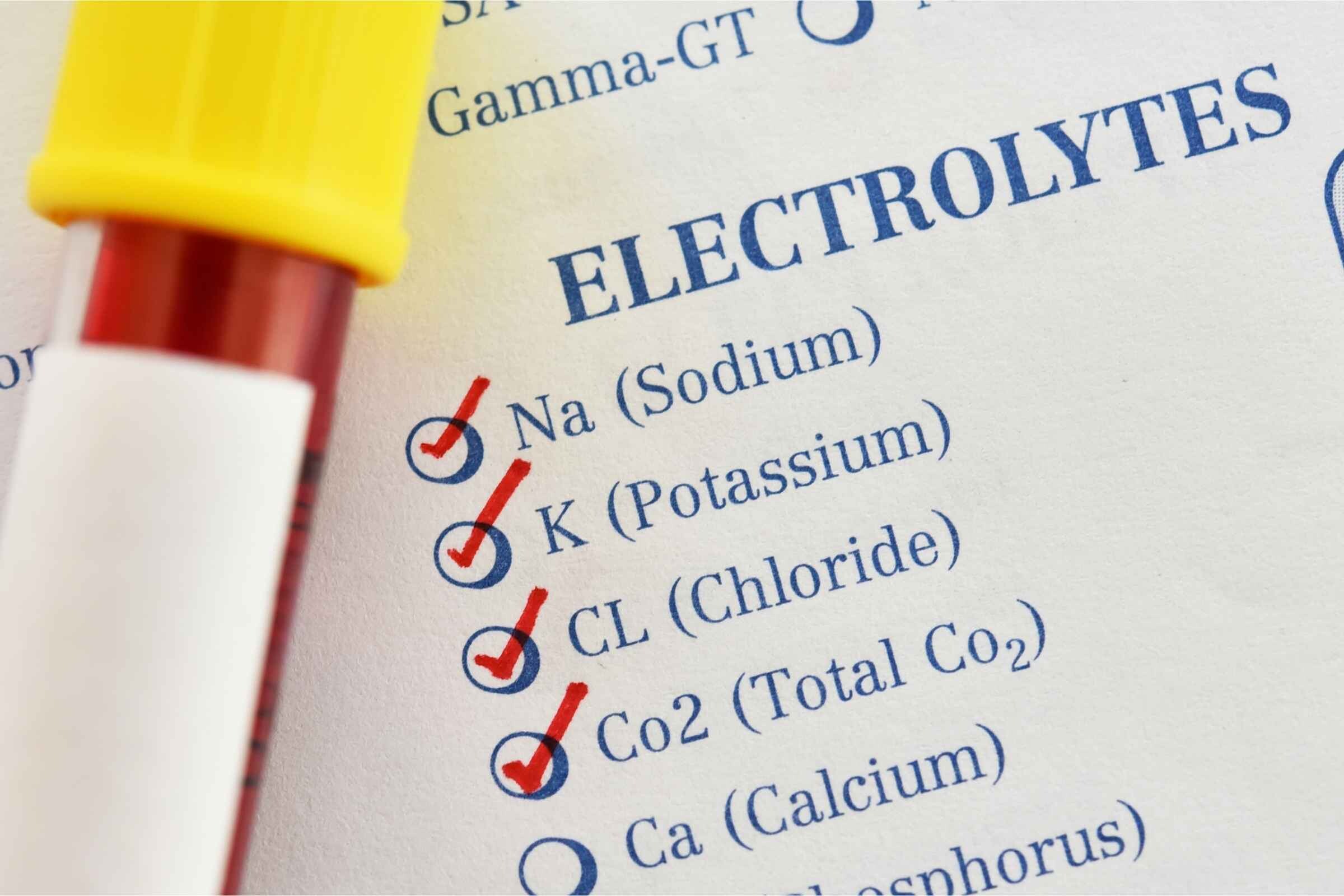 Elektrolyte – Die unsichtbaren Regisseure unseres KörpersElektrolyte steuern lebenswichtige Prozesse wie Muskelarbeit, Nervenfunktion und Flüssigkeitshaushalt. Erfahre, warum sie für Gesundheit und Leistung so entscheidend sind.
Elektrolyte – Die unsichtbaren Regisseure unseres KörpersElektrolyte steuern lebenswichtige Prozesse wie Muskelarbeit, Nervenfunktion und Flüssigkeitshaushalt. Erfahre, warum sie für Gesundheit und Leistung so entscheidend sind. -
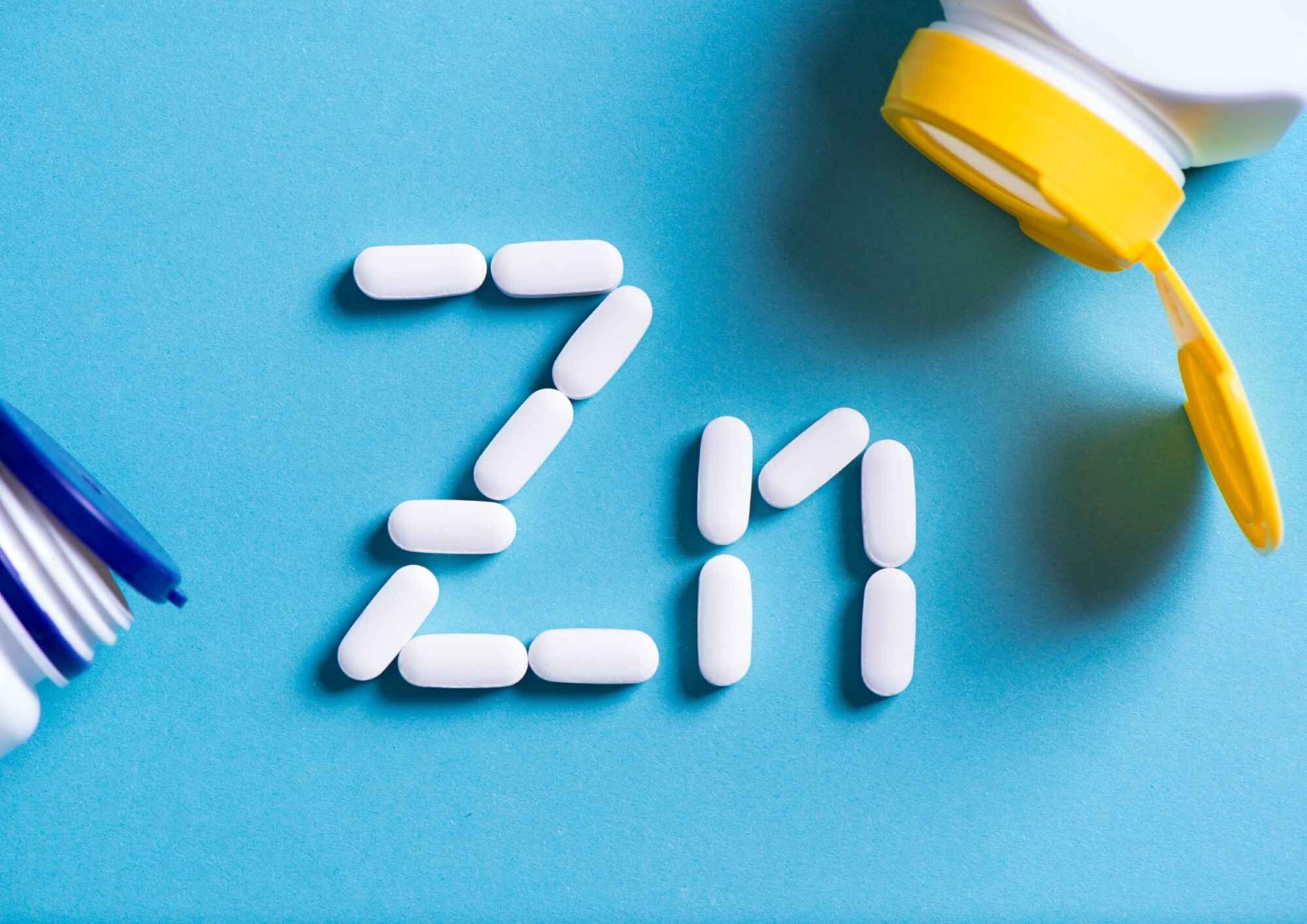 Zink reduziert nachweislich die Krankheitsdauer – Was sagt die Wissenschaft?Zink kann mehr als nur das Immunsystem stärken. Studien zeigen, dass es die Dauer von Erkältungen spürbar verkürzen kann.
Zink reduziert nachweislich die Krankheitsdauer – Was sagt die Wissenschaft?Zink kann mehr als nur das Immunsystem stärken. Studien zeigen, dass es die Dauer von Erkältungen spürbar verkürzen kann. -
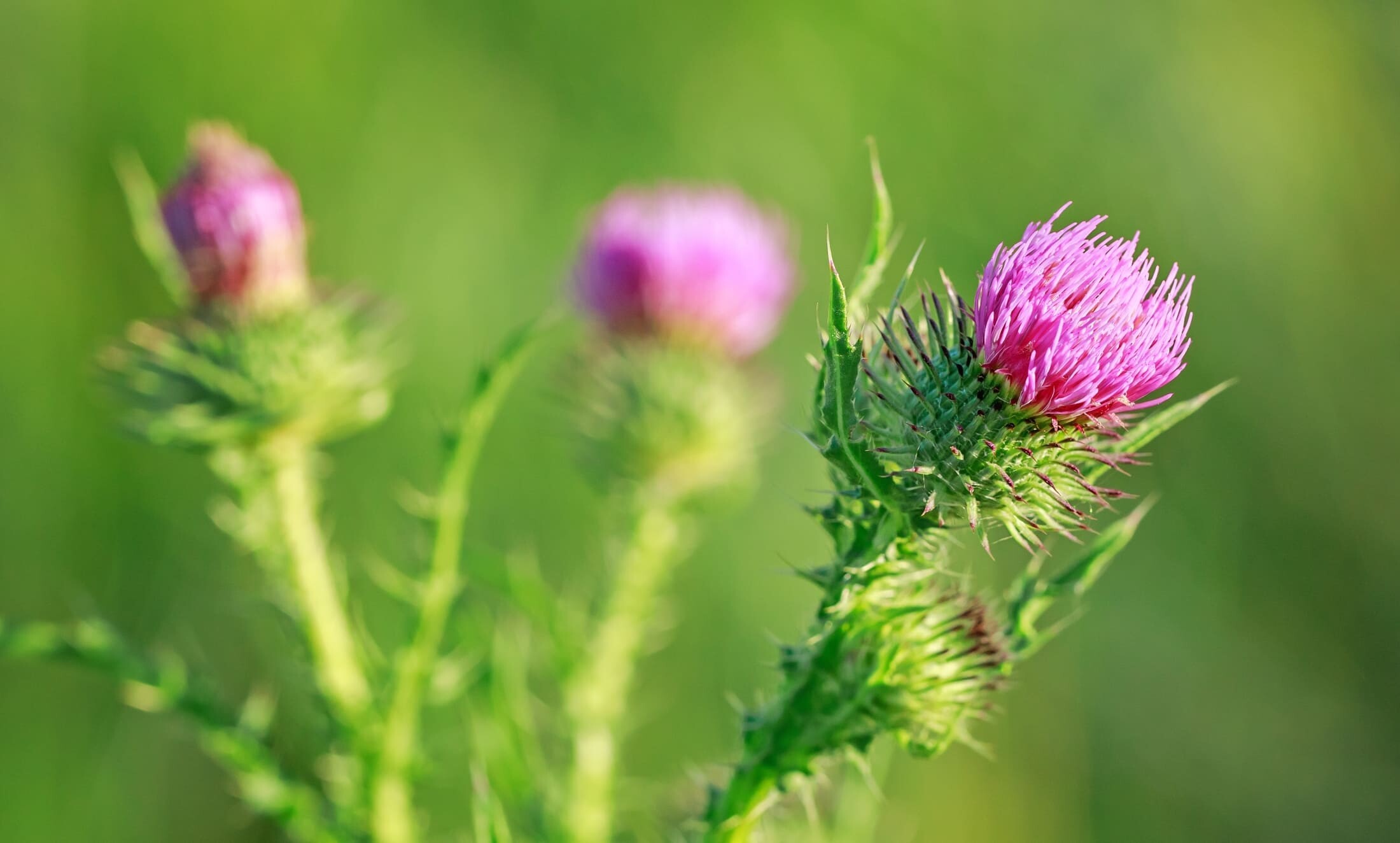 Milk thistle: effect on liver health and detoxificationHow does milk thistle really protect our liver? Find out how silymarin neutralizes free radicals, supports detoxification and what studies say about its effect on fatty liver, hepatitis & co. Find out more now!
Milk thistle: effect on liver health and detoxificationHow does milk thistle really protect our liver? Find out how silymarin neutralizes free radicals, supports detoxification and what studies say about its effect on fatty liver, hepatitis & co. Find out more now! -
 Menopause is not a disease: everything women (and men) should knowHalf of humanity is affected by the menopause. The PRO issue of Health Nerds is all about facts, myths and tips about the menopause.
Menopause is not a disease: everything women (and men) should knowHalf of humanity is affected by the menopause. The PRO issue of Health Nerds is all about facts, myths and tips about the menopause. -
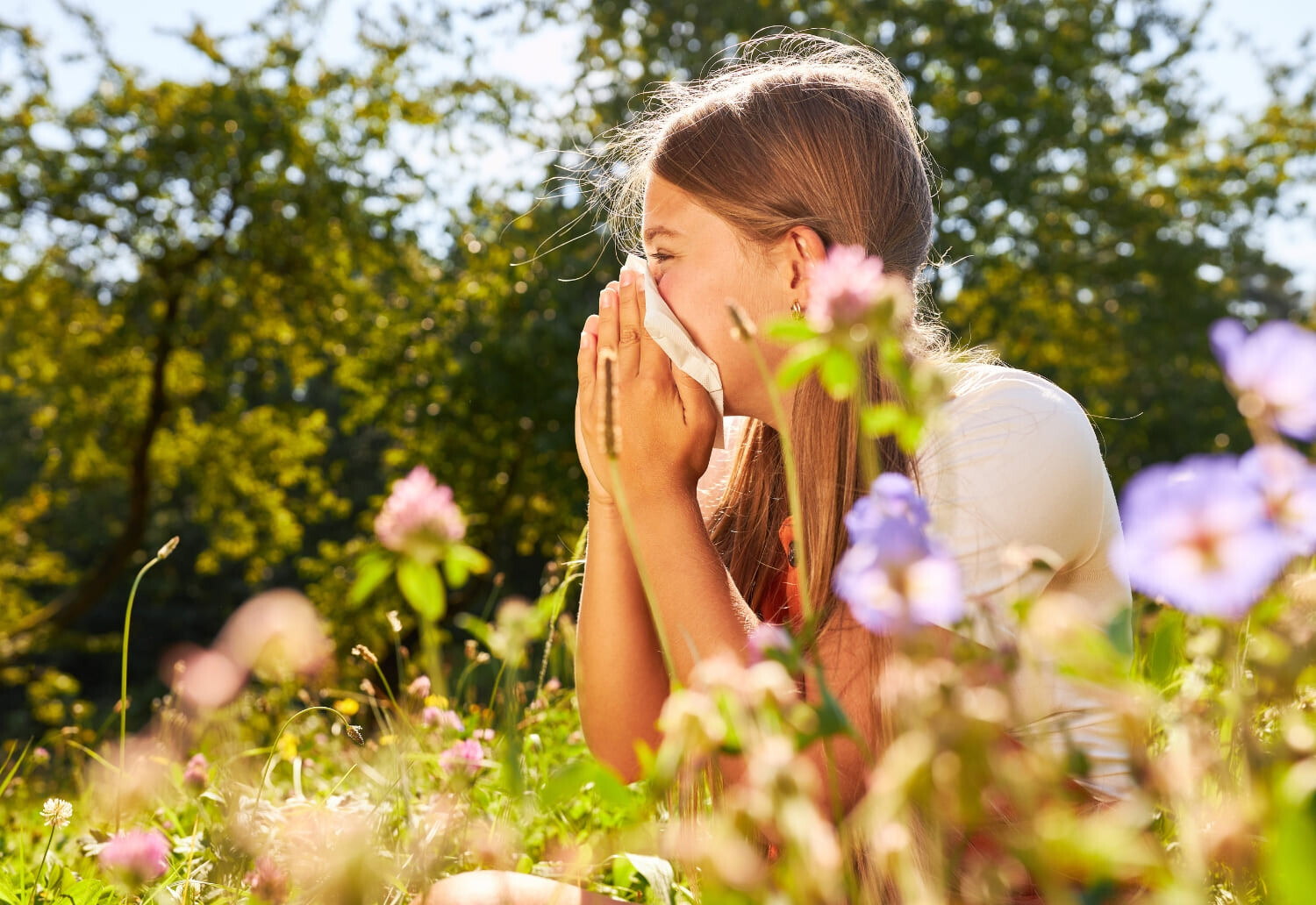 Allergien und Heuschnupfen – Häufigkeit, Ursachen, Behandlung und PräventionOb Gräser, Pollen oder Hausstaub – Allergien betreffen immer mehr Menschen. Erfahre, warum sie entstehen, welche Therapien helfen und wie Du mit gezielter Vorbeugung die Beschwerden bei Dir oder Deinem Kind langfristig lindern kannst.
Allergien und Heuschnupfen – Häufigkeit, Ursachen, Behandlung und PräventionOb Gräser, Pollen oder Hausstaub – Allergien betreffen immer mehr Menschen. Erfahre, warum sie entstehen, welche Therapien helfen und wie Du mit gezielter Vorbeugung die Beschwerden bei Dir oder Deinem Kind langfristig lindern kannst. -
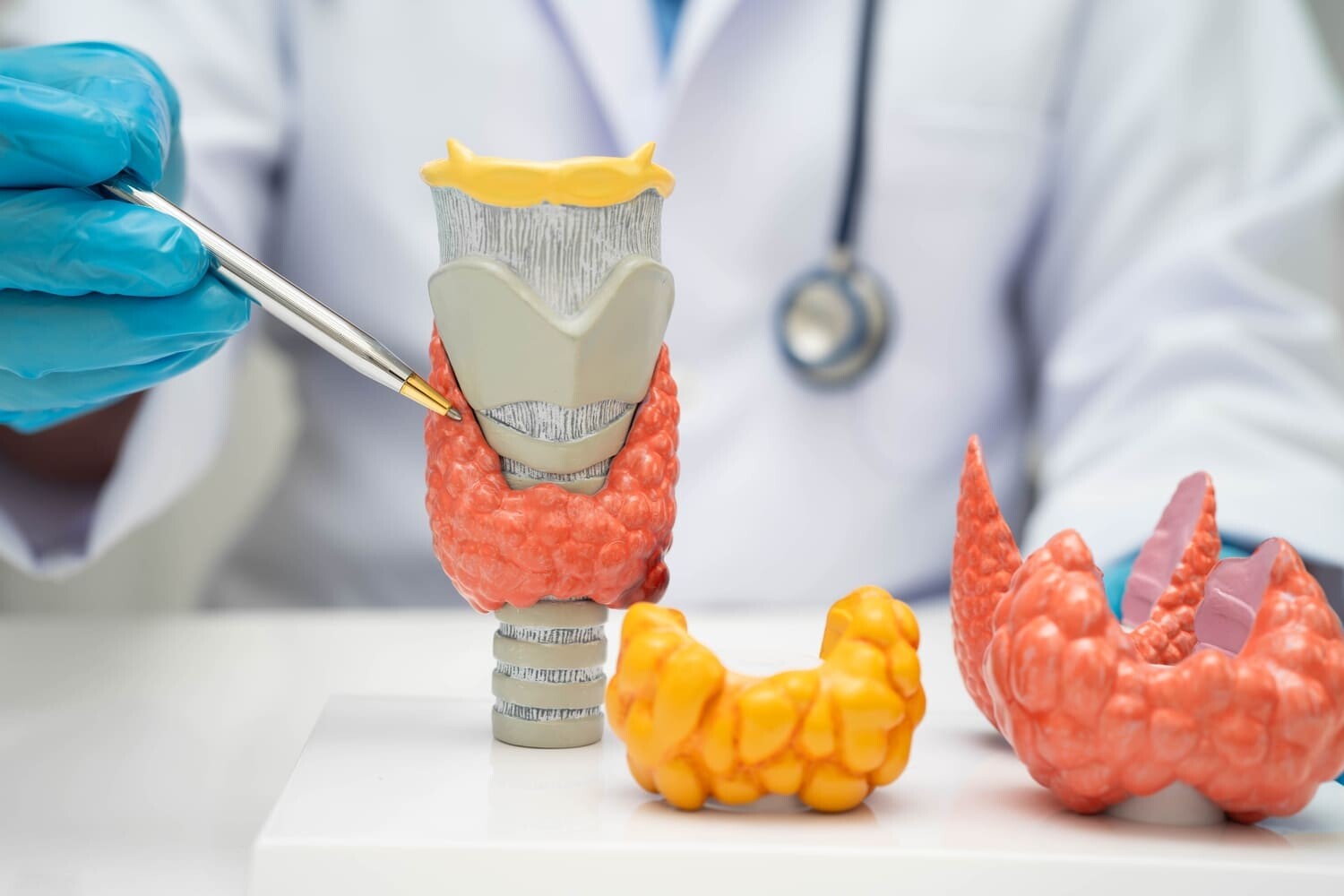 Hypothyreose und Übergewicht – Aktuelle Erkenntnisse und DatenSchilddrüsenunterfunktion verlangsamt den Stoffwechsel und begünstigt Gewichtszunahme. Erfahre Symptome und Tipps zur Unterstützung Deines Körpers.
Hypothyreose und Übergewicht – Aktuelle Erkenntnisse und DatenSchilddrüsenunterfunktion verlangsamt den Stoffwechsel und begünstigt Gewichtszunahme. Erfahre Symptome und Tipps zur Unterstützung Deines Körpers. -
 Elektrolyte – Die unsichtbaren Regisseure unseres KörpersElektrolyte steuern lebenswichtige Prozesse wie Muskelarbeit, Nervenfunktion und Flüssigkeitshaushalt. Erfahre, warum sie für Gesundheit und Leistung so entscheidend sind.
Elektrolyte – Die unsichtbaren Regisseure unseres KörpersElektrolyte steuern lebenswichtige Prozesse wie Muskelarbeit, Nervenfunktion und Flüssigkeitshaushalt. Erfahre, warum sie für Gesundheit und Leistung so entscheidend sind. -
 Zink reduziert nachweislich die Krankheitsdauer – Was sagt die Wissenschaft?Zink kann mehr als nur das Immunsystem stärken. Studien zeigen, dass es die Dauer von Erkältungen spürbar verkürzen kann.
Zink reduziert nachweislich die Krankheitsdauer – Was sagt die Wissenschaft?Zink kann mehr als nur das Immunsystem stärken. Studien zeigen, dass es die Dauer von Erkältungen spürbar verkürzen kann. -
 Milk thistle: effect on liver health and detoxificationHow does milk thistle really protect our liver? Find out how silymarin neutralizes free radicals, supports detoxification and what studies say about its effect on fatty liver, hepatitis & co. Find out more now!
Milk thistle: effect on liver health and detoxificationHow does milk thistle really protect our liver? Find out how silymarin neutralizes free radicals, supports detoxification and what studies say about its effect on fatty liver, hepatitis & co. Find out more now! -
 Menopause is not a disease: everything women (and men) should knowHalf of humanity is affected by the menopause. The PRO issue of Health Nerds is all about facts, myths and tips about the menopause.
Menopause is not a disease: everything women (and men) should knowHalf of humanity is affected by the menopause. The PRO issue of Health Nerds is all about facts, myths and tips about the menopause. -
 Allergien und Heuschnupfen – Häufigkeit, Ursachen, Behandlung und PräventionOb Gräser, Pollen oder Hausstaub – Allergien betreffen immer mehr Menschen. Erfahre, warum sie entstehen, welche Therapien helfen und wie Du mit gezielter Vorbeugung die Beschwerden bei Dir oder Deinem Kind langfristig lindern kannst.
Allergien und Heuschnupfen – Häufigkeit, Ursachen, Behandlung und PräventionOb Gräser, Pollen oder Hausstaub – Allergien betreffen immer mehr Menschen. Erfahre, warum sie entstehen, welche Therapien helfen und wie Du mit gezielter Vorbeugung die Beschwerden bei Dir oder Deinem Kind langfristig lindern kannst. -
 Hypothyreose und Übergewicht – Aktuelle Erkenntnisse und DatenSchilddrüsenunterfunktion verlangsamt den Stoffwechsel und begünstigt Gewichtszunahme. Erfahre Symptome und Tipps zur Unterstützung Deines Körpers.
Hypothyreose und Übergewicht – Aktuelle Erkenntnisse und DatenSchilddrüsenunterfunktion verlangsamt den Stoffwechsel und begünstigt Gewichtszunahme. Erfahre Symptome und Tipps zur Unterstützung Deines Körpers. -
 Elektrolyte – Die unsichtbaren Regisseure unseres KörpersElektrolyte steuern lebenswichtige Prozesse wie Muskelarbeit, Nervenfunktion und Flüssigkeitshaushalt. Erfahre, warum sie für Gesundheit und Leistung so entscheidend sind.
Elektrolyte – Die unsichtbaren Regisseure unseres KörpersElektrolyte steuern lebenswichtige Prozesse wie Muskelarbeit, Nervenfunktion und Flüssigkeitshaushalt. Erfahre, warum sie für Gesundheit und Leistung so entscheidend sind. -
 Zink reduziert nachweislich die Krankheitsdauer – Was sagt die Wissenschaft?Zink kann mehr als nur das Immunsystem stärken. Studien zeigen, dass es die Dauer von Erkältungen spürbar verkürzen kann.
Zink reduziert nachweislich die Krankheitsdauer – Was sagt die Wissenschaft?Zink kann mehr als nur das Immunsystem stärken. Studien zeigen, dass es die Dauer von Erkältungen spürbar verkürzen kann. -
 Milk thistle: effect on liver health and detoxificationHow does milk thistle really protect our liver? Find out how silymarin neutralizes free radicals, supports detoxification and what studies say about its effect on fatty liver, hepatitis & co. Find out more now!
Milk thistle: effect on liver health and detoxificationHow does milk thistle really protect our liver? Find out how silymarin neutralizes free radicals, supports detoxification and what studies say about its effect on fatty liver, hepatitis & co. Find out more now! -
 Menopause is not a disease: everything women (and men) should knowHalf of humanity is affected by the menopause. The PRO issue of Health Nerds is all about facts, myths and tips about the menopause.
Menopause is not a disease: everything women (and men) should knowHalf of humanity is affected by the menopause. The PRO issue of Health Nerds is all about facts, myths and tips about the menopause.
Empfohlene Produkte
Holistic support for bones, joints, muscles & skin
For your well-being – inside and outEssential Vitamin for Eyes, Skin, and Immune System
High-Dose Support for Cells & Immune DefenseFor your universal protection
As one of the most valuable proteins in the body, lactoferrin is a natural component of the immune system.For your iron balance
Specially formulated for your iron balance with plant-based curry leaf iron, Lactoferrin CLN®, and natural Vitamin C from rose hips.Holistic support for bones, joints, muscles & skin
For your well-being – inside and outEssential Vitamin for Eyes, Skin, and Immune System
High-Dose Support for Cells & Immune DefenseFor your universal protection
As one of the most valuable proteins in the body, lactoferrin is a natural component of the immune system.For your iron balance
Specially formulated for your iron balance with plant-based curry leaf iron, Lactoferrin CLN®, and natural Vitamin C from rose hips.Holistic support for bones, joints, muscles & skin
For your well-being – inside and outEssential Vitamin for Eyes, Skin, and Immune System
High-Dose Support for Cells & Immune DefenseFor your universal protection
As one of the most valuable proteins in the body, lactoferrin is a natural component of the immune system.For your iron balance
Specially formulated for your iron balance with plant-based curry leaf iron, Lactoferrin CLN®, and natural Vitamin C from rose hips.Holistic support for bones, joints, muscles & skin
For your well-being – inside and outEssential Vitamin for Eyes, Skin, and Immune System
High-Dose Support for Cells & Immune DefenseFor your universal protection
As one of the most valuable proteins in the body, lactoferrin is a natural component of the immune system.For your iron balance
Specially formulated for your iron balance with plant-based curry leaf iron, Lactoferrin CLN®, and natural Vitamin C from rose hips.
